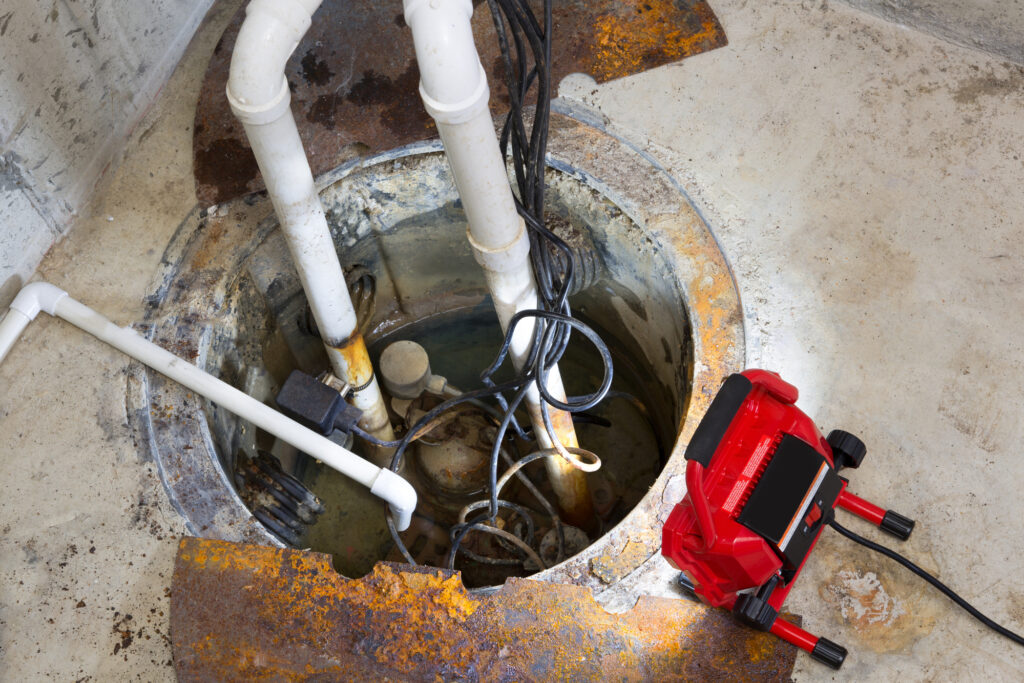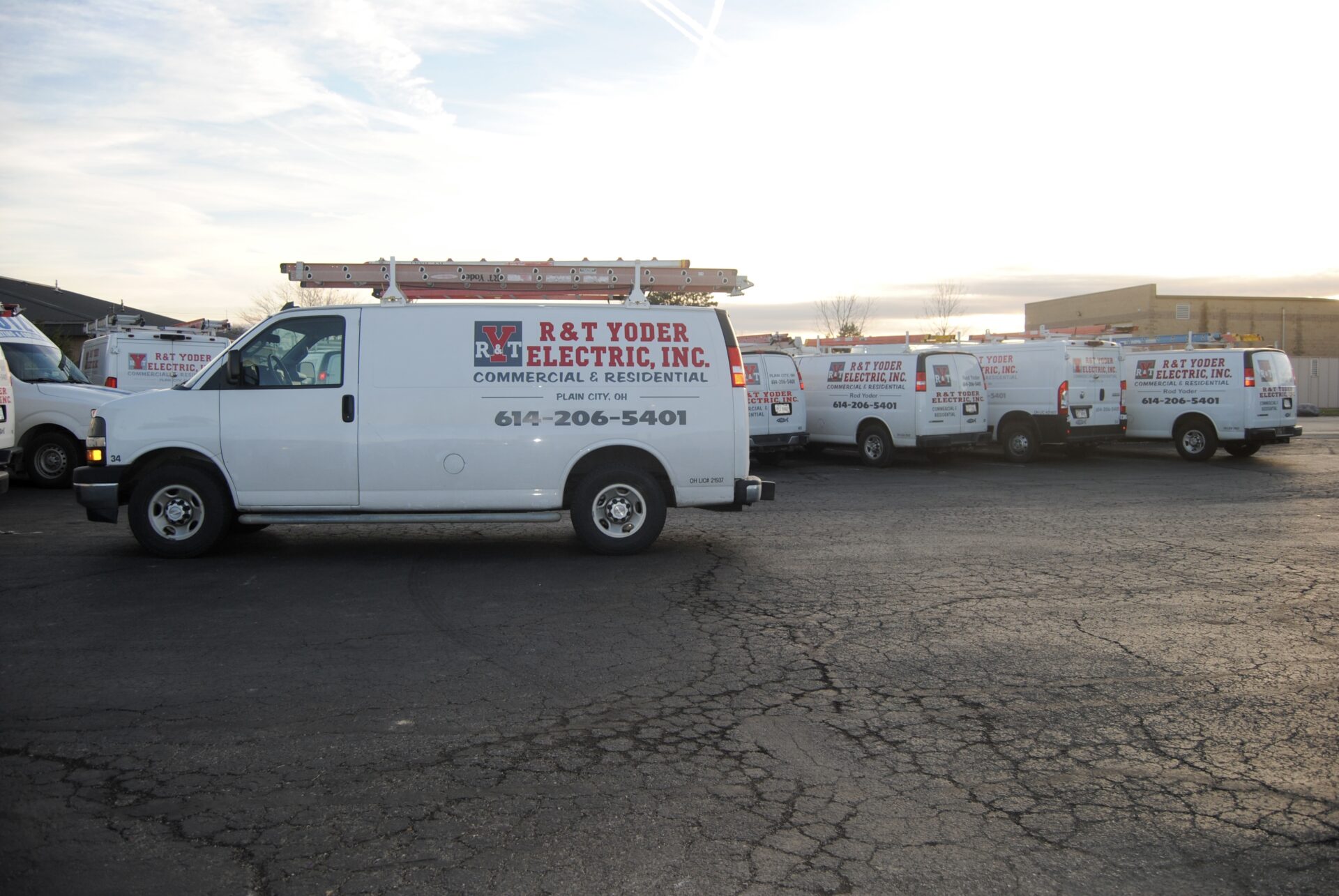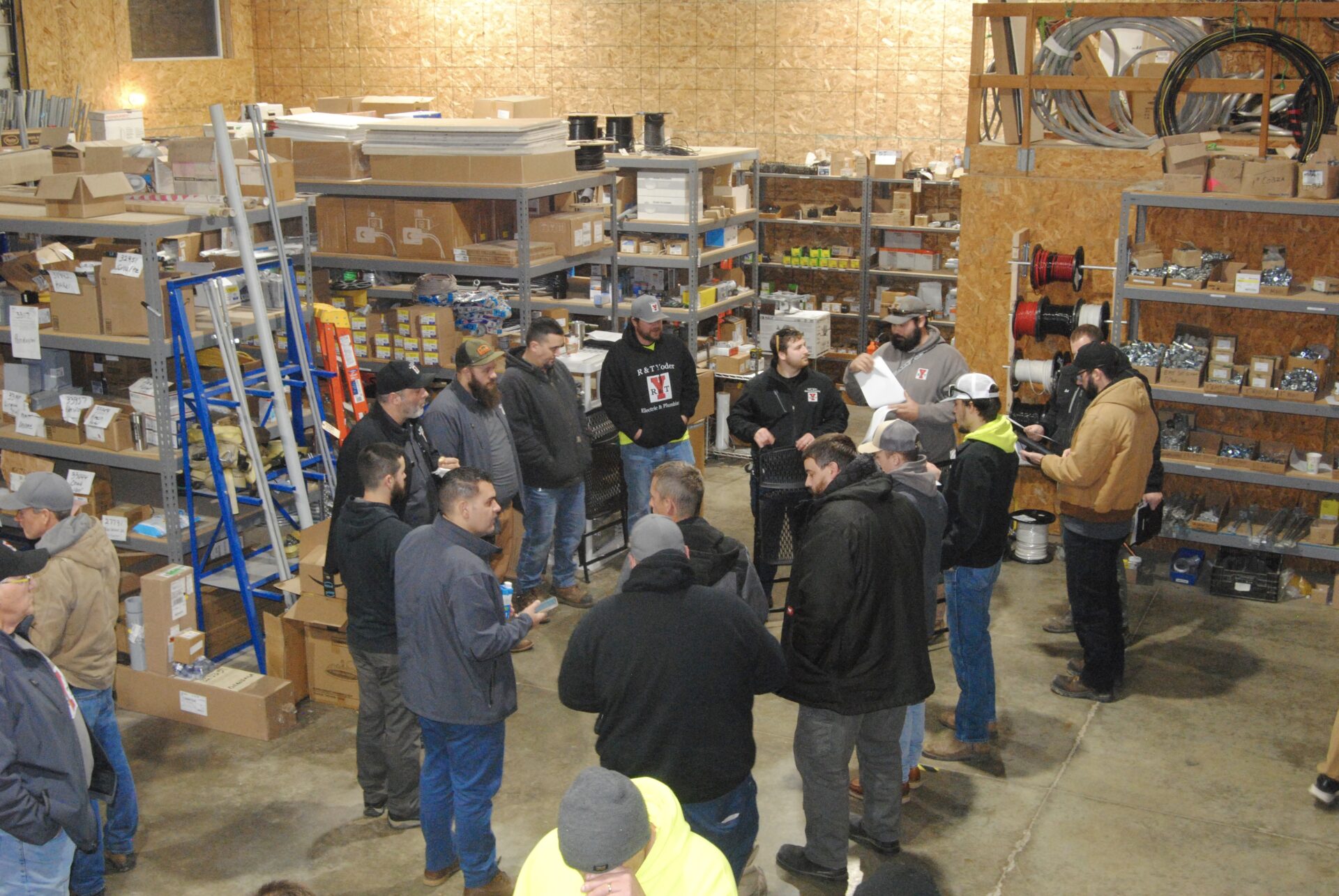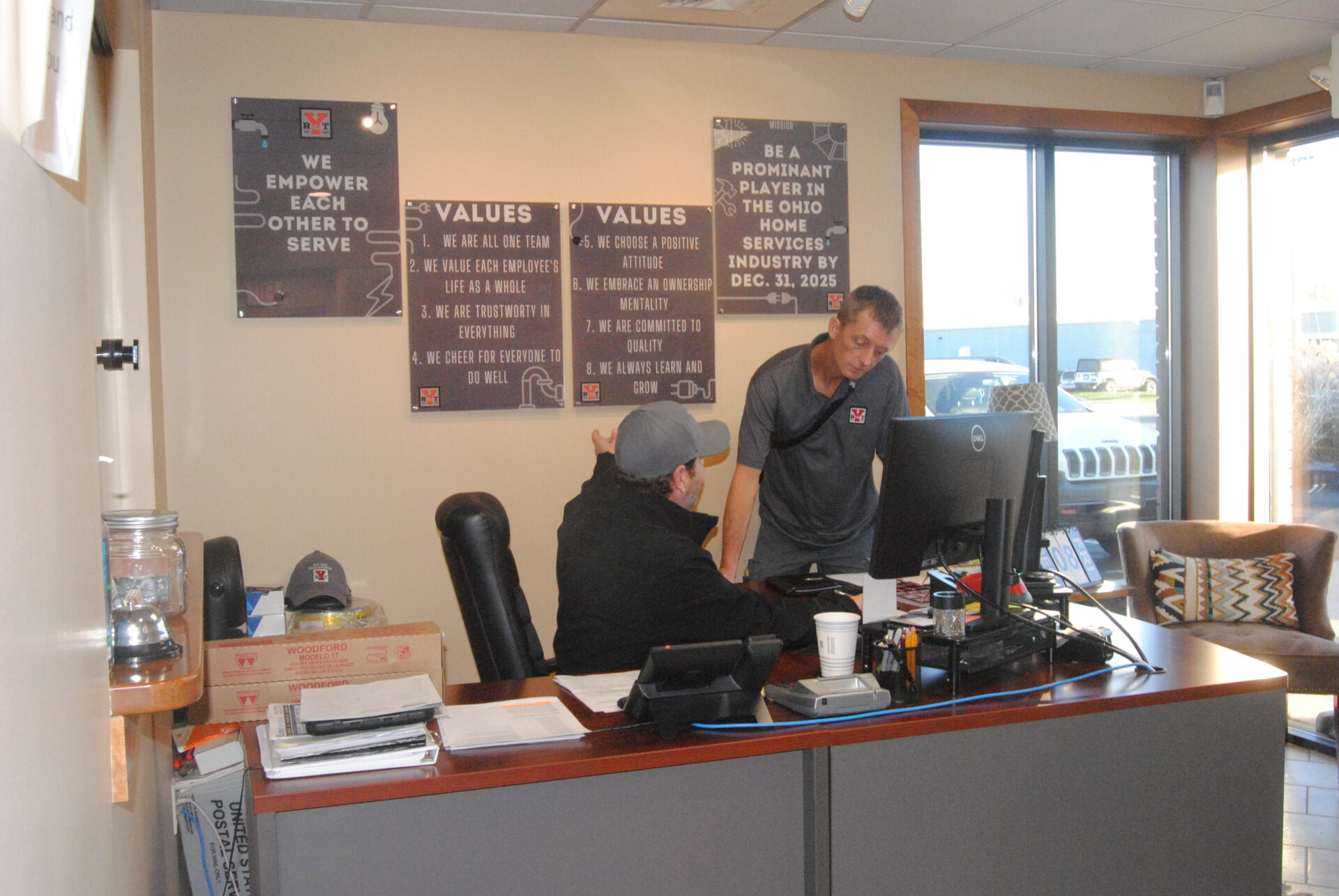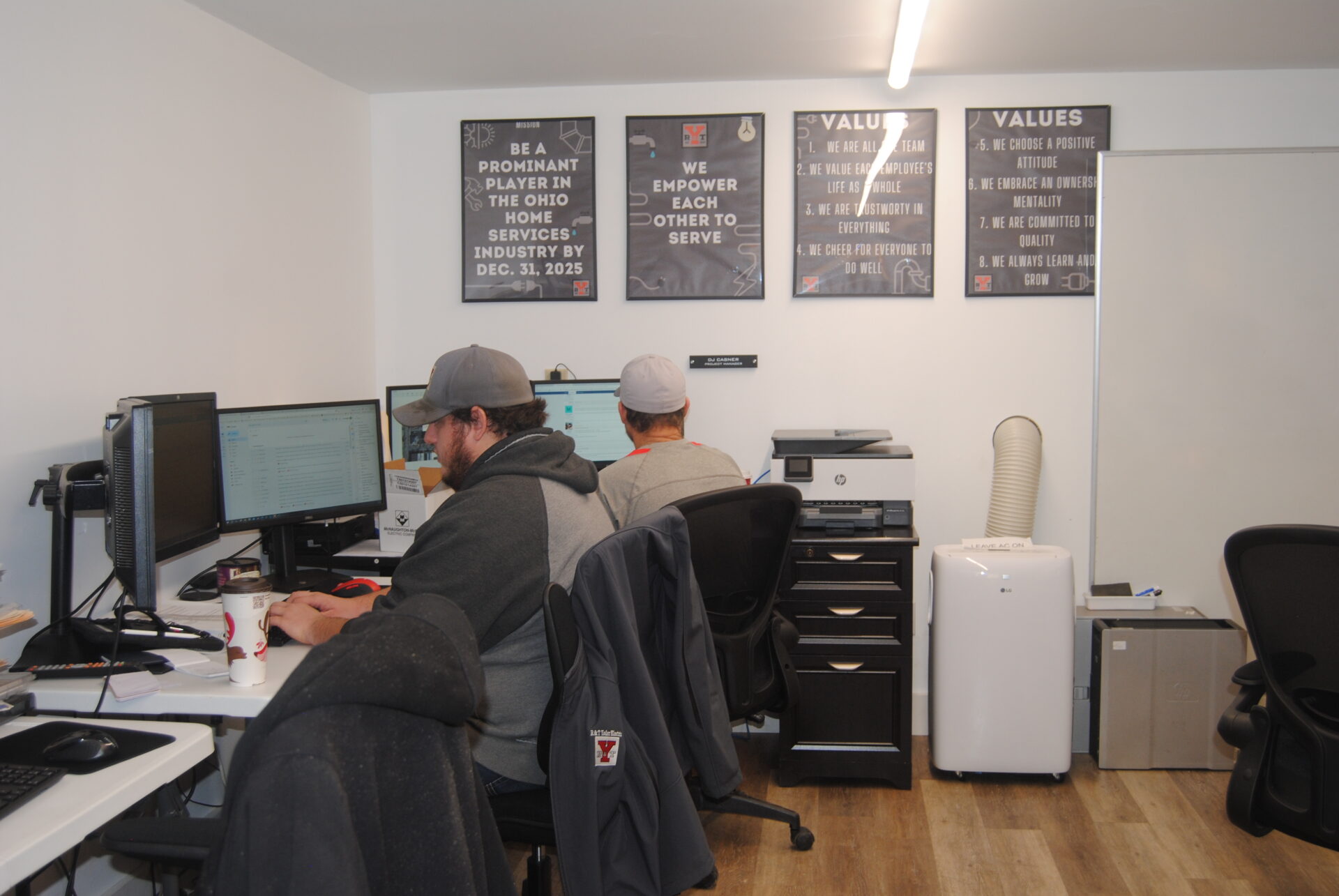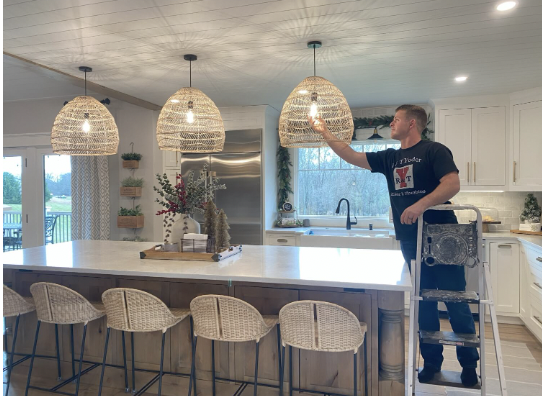The sump pump: it’s a household appliance that often goes unnoticed until disaster strikes. Whether it’s a heavy rainstorm or melting snow, the last thing any homeowner wants is a flooded basement. That’s where your sump pump comes into play. This blog post aims to educate you on what a sump pump is, how it works, and how to maintain it—information that could save you a lot of money and headaches down the road.
What is a Sump Pump and Why Do You Need One?
A sump pump is a device installed in the lowest part of your basement or crawlspace. Its primary role is to help keep the area dry and prevent it from flooding. Water flows into a sump basin, and the sump pump’s job is to pump it out and away from your home.
Key Features: Modern sump pumps come with a range of features like battery backup systems, alarms that alert you when the pump is not working correctly, and various horsepower ratings to suit different needs.
Importance: Without a functional sump pump, you risk severe water damage to your home. This can include structural damage and mold growth, both of which can be expensive to fix.
How Does a Sump Pump Work?
Now that we know what a sump pump does let’s dive into how it achieves its job. A sump pump generally consists of several parts: the sump basin where the water collects, the pump, a float switch that detects the water level, and a discharge pipe that carries the water away from your home.
Types of Sump Pumps: The two main types are pedestal and submersible pumps. Pedestal pumps have the motor located above the water level, making it easier to service but less efficient. Submersible pumps are placed entirely within the sump basin and are more efficient but can be more challenging to maintain.
Operational Cycle: Once the water level in the sump basin rises to a predetermined level, the float switch activates the pump. The pump then starts to move water out of the basin through the discharge pipe, usually leading to the exterior of your home or into a drainage system.
Maintenance and Troubleshooting
A sump pump is not a “set it and forget it” device. Regular maintenance is crucial for its longevity and effectiveness.
Maintenance Tips: Basic maintenance includes cleaning the sump basin to remove any debris, checking for worn or damaged parts, and testing the alarm and backup battery systems.
When to Seek Professional Help: If you notice that the float is stuck, the discharge lines are clogged, or you experience power failures, it might be time to consult professionals. At Yoder Plumbing, we offer comprehensive sump pump maintenance services to ensure your pump is in top condition.
Got questions? Call Yoder Plumbing today!
A sump pump plays a crucial role in keeping your home dry and preventing costly water damage. By understanding its function, features, and the importance of regular maintenance, you can extend the lifespan of your sump pump and keep your basement flood-free. If you have any concerns about your sump pump or need professional maintenance services, don’t hesitate to reach out to us at Yoder Plumbing. We’re here to help you maintain a dry and safe home.

